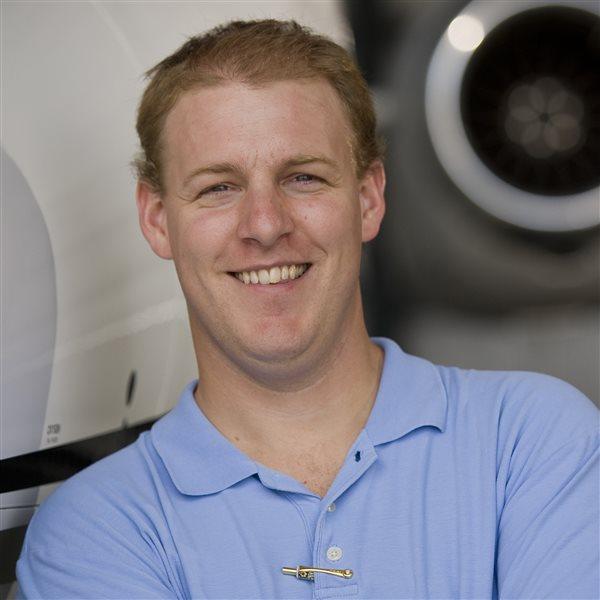The majority of flight schools focus on the meat and potatoes of training—private pilot, instrument rating, commercial, and so on. School owners usually see the potential for long-term business as the best opportunity. With that intense focus on the certificates and ratings, specialty courses are rare, and usually limited to mountain flying, tailwheel, and maybe a glass transition package. A new school based in Colorado is bucking the trend and trying something completely different.
Crosswind Concepts Ltd. is focusing on skills, not ratings. They offer two primary training packages and a seminar, all of them focusing on crosswind operations. The school’s most popular offering for the past two years has been an hour ground session and an hour or hour and a half session in Redbird’s Xwind trainer, the school’s training device. They call it Maximum Demonstrated Crosswind. A newer course builds on that concept and includes three hours of ground school and an expanded simulator session.
With the introduction of a new business model comes new challenges. Manager Taylor Albrecht says the simulator effect is the hardest issue to overcome. Because instructors can’t log flight time, it can be difficult to get their buy-in. Albrecht also says there’s some instructor possessiveness involved with sending a student away to another training course. The training is meant to be supplemental to a person’s flying or training program, which may be hard for some instructors to understand. He says those things are slowly changing as more students go through the program. Once instructors see the value of a session dedicated solely to mastering crosswind operations, they start to recommend all their students go.
To push that process along, Albrecht and the rest of the Crosswind Concepts team have had to come up with creative solutions. There’s a new referral program that encourages instructors to send students in exchange for an incentive payment. They’ve held open houses, contests are in development, and the team is striking agreements with more traditional schools locally.
Things are starting to work. Albrecht can cite dozens of success stories, including a pilot on a professional training track who was in danger of being washed out before the program, and pilots who have come back from accidents more confident and capable. “This isn’t a crosswind trainer,” he says. “It’s a stick and rudder trainer.”
Although they are slowly growing, it’s clear the company’s biggest challenge remains educating the market. Convincing instructors and pilots that there is value in a course that doesn’t result in a new piece of plastic or an endorsement will take time. But with runway loss of control accidents still a major cause of bent metal, the need is there.



